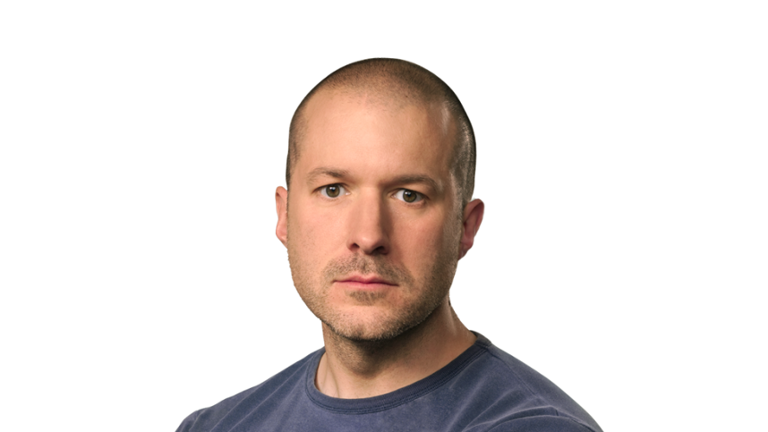No matter how powerful your position within your company, no matter how many awards and accolades you’ve earned, burnout can hit you—and hit hard. Just take the case of Jony Ive, the former chief design officer at Apple, who wrestled with stress and ennui during his last few years at the company.
Ive was extraordinarily close to Steve Jobs, Apple’s co-founder and CEO; together, they created the iconic designs for the iMac, iPod, iPhone, and iPad. When Jobs died in 2011, it impacted Ive hard—and he tried to compensate by throwing himself into the design of the Apple Watch, then queued up as the company’s next big thing. Ive had specific ideas about the smartwatch’s marketplace positioning, but found himself in conflict with Tim Cook, Apple’s new CEO, and other executives over costs and other factors.
A New York Times article adapted from Tripp Mickle’s new book, “After Steve: How Apple Became a Trillion-Dollar Company and Lost Its Soul,” describes how the Apple Watch failed to meet analysts’ sales expectations during its first year on the market, forcing Apple to make some significant marketing changes. Although Ive wanted the device positioned as the ultimate fashion accessory, Cook decided to center subsequent marketing campaigns on the fitness features.
“In the midst of those changes, Mr. Ive approached Mr. Cook and told him that he was tired and wanted to step back from the business,” the article continues. “Without Mr. Jobs, he had assumed much of the responsibility for the product’s design and its marketing. People close to Mr. Ive said he had found it draining to fight with his colleagues over promotion and had become overwhelmed by managing a staff that stretched into the hundreds, multiples of the 20-person design team he ran for years.”
Cook was reportedly so fearful that Ive would quit, impacting Apple’s stock price, that he negotiated a compromise: Ive would give up daily management responsibilities and focus on product design. Ive also reduced his hours, essentially making the role of Apple’s chief design officer a part-time position.
But even with those changes, Ive was still burned out by clashes over marketing and finances. A few years later, he quit and started his own design firm, LoveFrom, which contracts design work with Apple. While Apple is still famous for its world-class hardware design, Cook has focused the company much more on cloud-based services such as Apple TV+, Arcade, iCloud, and more.
Whether you’re a technologist just starting out or a world-famous executive at the top of their game, the same factors can spark burnout, including workload, hours worked, lack of recognition, or monotony. In ideal circumstances, a company closely monitors the projects and stress levels of every employee, and adjusts schedules and workloads accordingly—but that’s also a hard task that requires lots of time and attention.
It seems that Cook tried to do a lot of the right things with Ive once the burnout issue erupted. The two men communicated, and Cook helped adjust Ive’s schedule and workload to match his needs. But after two decades at Apple, and with the company undergoing fundamental changes that shifted its corporate emphasis from hardware to the cloud, it was also clear that Ive felt it was time to leave.



